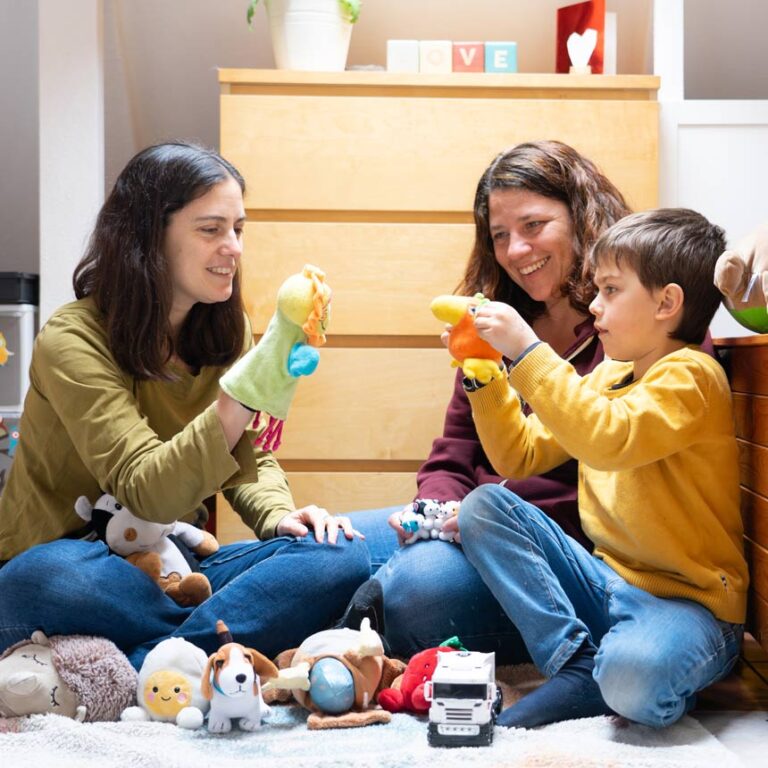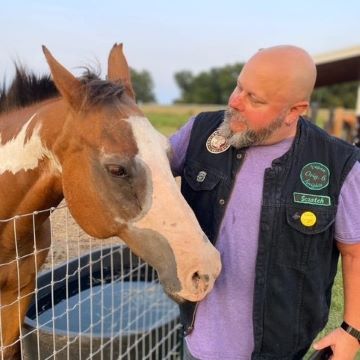
“Wraparound services” is a term you may see a lot in behavioral health care. It first emerged in the late 1970s and has grown in popularity in recent decades. But what does it mean?
"Wraparound services are a holistic approach to providing support,” says Wendy Sell, Resource Specialist. "Wraparound services address the full range of needs of individuals and families, especially those facing complex challenges."
Holistic is the key term. Treating one issue, no matter how successfully, will not lead to long-term improvement if other concerns remain. For example:
- Daily medication may effectively treat someone’s depression. However, if that person is experiencing homelessness and does not have a medicine cabinet, managing that medication can become a significant barrier.
- Some clients find great benefits in attending group sessions, but they may have limited transportation options, making accessing that care a challenge.
- A client may be very motivated to participate in substance use disorder treatment while also struggling to manage child care. Providing respite options or on-site child care can help them overcome that hurdle.
We use the term “wraparound” to signify how services can “wrap around” the individual or family by addressing these and other barriers, providing continuous and flexible support.
How does a team decide what wraparound services are appropriate?
At LifeWorks NW, we have a network of clinicians and other professionals who collaborate to gather all the resources a client may need. The team starts by looking at the strengths that are already present, using them as a jumping off point to build a holistic plan. Although it’s a team-based approach, the focus is on the individual, taking into account their linguistic and cultural background. Some aspects include:
- Mental health
- Physical health
- Education
- Employment
- Housing
- Social relationships
What does a wraparound approach look like?
Our care is client-centered, with services designed to meet the specific needs and preferences of the client.
An important first step is to look at the spectrum of challenges that impact a person’s wellbeing. Unstable housing can have an impact, along with other financial concerns such as food insecurity, unemployment, and debt. The state of a person’s relationships and family life can also be a factor.
LifeWorks NW provides wraparound services with care that is:
- Individualized: We tailor services to the unique needs of each client.
- Strengths-based: The care team focuses on the strengths and resources of the client and their family.
- Community-based: We provide services within the community to enhance accessibility.
- Team-driven: The client, their family, and our specialists develop and implement the care plan collaboratively.
- Culturally competent: Services respect and respond to the cultural, linguistic, and social needs of the client.
- Flexible and adaptable: We adjust services as the the client’s needs change over time.
Studies show that wraparound services produce better outcomes. For example, a University of Washington meta-analysis of 17 studies of youth receiving wraparound services revealed "reduced out-of-home placements, improvements in mental health functioning, and better school attendance and achievement.” (Children’s Mental Health Network)
“In my many years of providing wraparound services to clients, I have seen first-hand the impact this kind of care can have,” says Wendy. “When people get the support they need, they thrive.”










